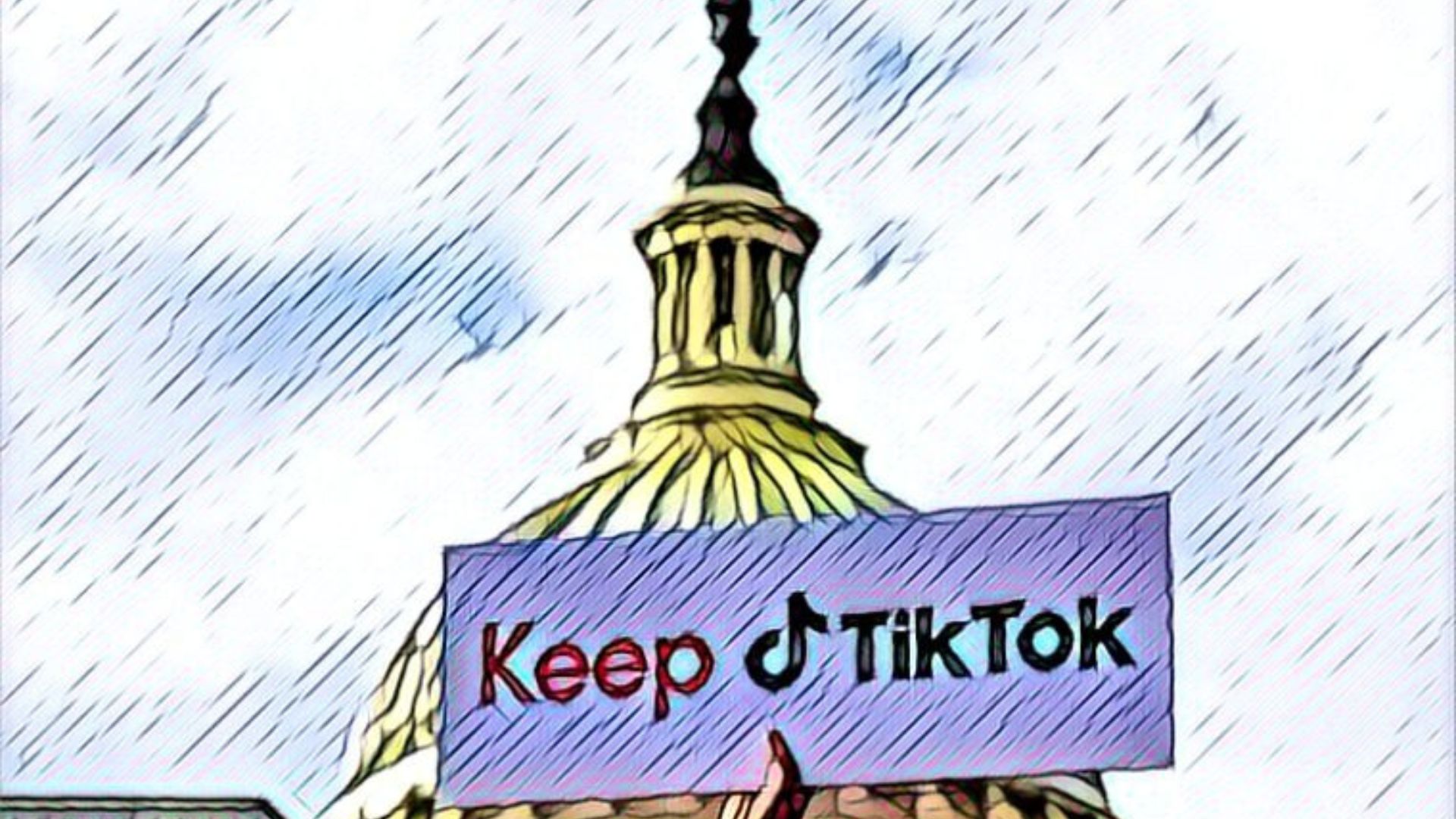Although the US is facing a shortage of talent and the ongoing effects of the Great Resignation, corporate salary increase budgets still have not kept up with inflation in 2022.
According to the Bureau of Labor Statistics or BLS in the US recently reported that the Consumer Price Index increased by 7.9% before seasonal adjustment over the past 12 months. The BLS also reported that the national unemployment rate in the US dropped to 3.6% in March, nearly reaching pre-pandemic levels.
A survey of US companies found that employers are currently budgeting for an average salary increase of 3.4% in 2022. This is less than half the current inflation rate, although it does represent a significant increase from the average salary increase of 2.8% in 2021 or about 21% difference.
Here are 3 Reasons Why The US Salary Cannot Keep Pace with Inflation
1. Inflation and salary increases are two different stories :
While inflation and salary increases usually move in the same direction, they are affected by different factors. Inflation is a measure of changes in the cost of a basket of goods and services, while wages are determined by changes in the supply and demand for labor.
These changes can be caused by demographic trends, labor participation rates, technological advances, and growth in productivity. For example, in 1979, when the US experienced the highest peacetime inflation on record, inflation was 13.3%, but wage increases were only 8.7%.
On the other hand, US inflation was 1.9% in 2001, but salary increase budgets were much higher, at around 4%, in 2001 and 2002. In 2020, inflation was only 1.4%, but salary increase budgets in 2020 and 2021 were higher between 2.5% and 2.8%.
This means that employees tend to benefit from higher real spending power during low-inflation years like in 2001 or 2020, but they may be worse off during high-inflation years like 1979 or 2022.
2. Pre-pandemic Salary Budgets Started to Affected Labor Market Demographic Changes :
Since before the pandemic, an impact of some demographic factors was reducing the availability of talent at both the leadership and entry levels of organizations in developed labor markets.
For example, in the US, despite overall population and labor force growth, the labor force actually shrank from 2010 to 2019 in the age groups 16-24 which is the historical entry-level talent pool and 45-54 which is the historical leadership talent pool.
This is showing that this problem existed before the pandemic and was exacerbated by reduced labor participation rates.
3. Companies Are Approaching Alternative Employee Benefit to Supplement Fixed Pay :
Leaders who have experience managing through multiple volatile business cycles (including the Great Recession of 2008 to 2010) are aware of the risks of increasing fixed costs that could force them to lay off valued employees during downturns.
These leaders know how to survive with limited resources and strive to be prepared and agile when faced with unpredictable events.
They often offer more flexible bonus, stock, and employee benefit plans and work to create strong company culture and employee experiences instead of driving up fixed pay costs. These costs are not typically included in salary increase budgets.
Conclusion :
The US salary increase budget is not keeping pace with inflation because it is being affected by different factors than inflation.
Inflation is determined by changes in the cost of a basket of goods and services, while wages are determined by changes in the supply and demand for labor.
These changes can be caused by demographic trends, labor participation rates, technological advances, and growth in productivity.
Furthermore, in order to survive in a volatile business environment, some leaders may opt to offer more flexible bonus, stock, and employee benefit plans instead of increasing fixed pay costs, which are not typically included in salary increase budgets.
- What is Recession : Explained Like You Are 5-Year-Old
- What is SWOT Analysis : Explained Like You Are 5-Year-Old







